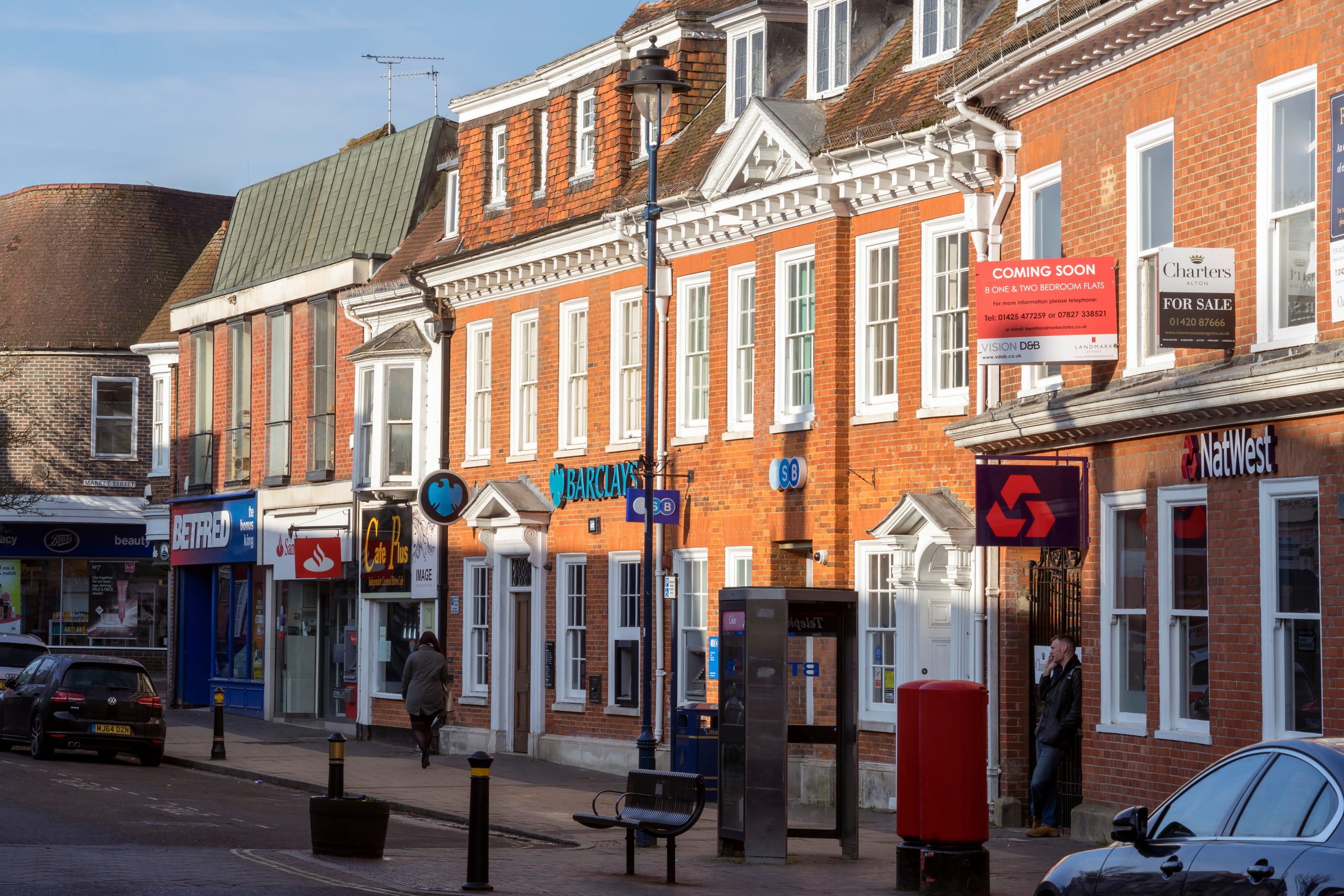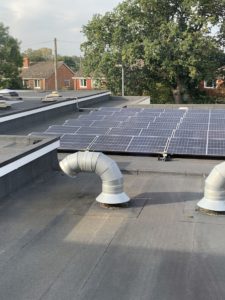The East Hampshire District Council Core Policy.
The week we are looking at The Joint East Hampshire District Council and South Downs National Park Authority Core Policy, comprising the Strategic Policies and the Detailed Policies and Proposals, was adopted on 26th June 2014, in particular Policy CP24: Sustainable Construction and Policy CP26: Water Resources/Water Quality
Sustainable Construction and Water Resources
Planning permission will generally be granted for development which on completion meet Code Level 5 for domestics developments and BREEAM ‘Excellent’ on non-domestic and multi-residential developments.ts the following minimum Code for Sustainable Home threshold level, and equivalents for non-residential development (unless proven to be financially or technically unviable). It should be noted that whilst Code for Sustainable Homes is no longer in operation we have found that there is a precedent for requesting the equivalent of Code Level 4 in both Energy and Water, i.e. 19% reduction in Carbon and water efficiency measure in place to achieve 105 litres per person per day.
In addition developments should also provide at least 10% of energy demand from decentralised and renewable or low carbon energy sources (if possible, including connections to a district heating system), unless it is proven that this is not feasible or viable;
Major areas of development must ensure that their on-site renewable or low carbon energy production and resource efficiency is maximised. Where on-site proposals to achieve higher levels of carbon reduction are not feasible or viable ‘allowable solutions’ should be used.
Draft Local Plan 2017 – 2036
Like many local authorities The East Hampshire District Council are currently in consultation over the new Draft Local Plan 2017 – 2036. The local plan is to be updated to include the latest guidance provided by the central Government, especially around climate change. It is expected that this draft plan will start to influence planning decisions going forward.

The Draft Local Plan only covers areas in East Hampshire outside of the South Downs National Park. This includes Alton and the surrounding area as well as Whitehill & Bordon and the southern parishes of Horndean, Clanfield and Rowlands Castle. The Draft plan includes the following topics.
Planning for Climate Change
The Local Planning Authority will require all developments to be resilient to climate change. All development should adopt appropriate climate change adaptation measures such as:
- Protecting existing green spaces and promoting the use of multi-functional green infrastructure (including water features, green The Local Plan should be read as a whole roofs and planting of trees for shading, in accordance with Policy S23;
- minimising vulnerability to flood risk by locating development in areas of low flood risk and including mitigation measures such as Sustainable Drainage Systems (SUDS), in accordance with Policy S25;
- Maximising the use of sustainable modes of transport;
- incorporating resource efficient design in accordance with policy DM28; and
- Development involving 5 or more residential units or 500 sqm or more of any additional floorspace is required to demonstrate the above (as appropriate) in a Sustainability Statement.
Renewable and Low Carbon Technology
Renewable and low carbon energy schemes will be supported and encouraged, and will be approved where their impact is, or can be made, acceptable.
The incorporation of renewable energy into developments will be encouraged, particularly as part of major schemes. The retrofit of renewable energy and use of micro-renewables will also be supported in appropriate buildings and locations.
The Local Planning Authority will actively support community-led or supported renewable and low carbon energy schemes that meet the identified needs of local communities to offset their energy and heat demand.
Resource efficient design
Under Policy DM28 new developments are expected to contribute to addressing climate change through low carbon design. Development which is intended to improve the energy efficiency of existing buildings or provide low or zero carbon energy will generally be supported.
Development proposals which involve the construction of new homes or an increase in non-residential floorspace will be granted planning permission where:
- proposals, as part of the design and layout, have considered climate change in the design through using solar gain, natural ventilation, fabric performance and Passivhaus principles appropriately;
- proposals have considered the operational energy efficiency and carbon emissions from the new building and have taken steps to minimise emissions and improve energy efficiency for the occupiers;
- proposals reuse existing buildings on a site and building materials wherever possible;
- the development provides low or, where possible, zero carbon energy.
Non- residential development
Proposals for nonresidential development will be granted where they achieve the standards of the Building Research Establishment’s Environmental Assessment Method (BREEAM), where scheme under 500sqm gross floor are will be encourage to undertake a BREEAM Assessment whilst projects over 500sqm will be required to achieve at least a Very Good rating.
Residential development
Proposals for residential development will be granted where they achieve reductions in CO2 emissions of 19% of the Dwelling Emission Rate (DER) compared to the Target Emission Rate of Part L of the Building Regulations; and
New housing will be required to demonstrate that it meets a water efficiency standard of no more than 110 litres per person per day, unless it can be demonstrated that doing so is not technically feasible or would make the scheme unviable; and
As such, the Local Planning Authority heavily encourages the assessment of residential development proposals under one or both of the following tools:
- Assessment under the Home Quality Mark (HQM) One, or equivalent, for any development of one dwelling or more (gross)
- Assessment under the BREEAM Communities scheme, or equivalent, for any development of 100 dwellings or more (gross).





















